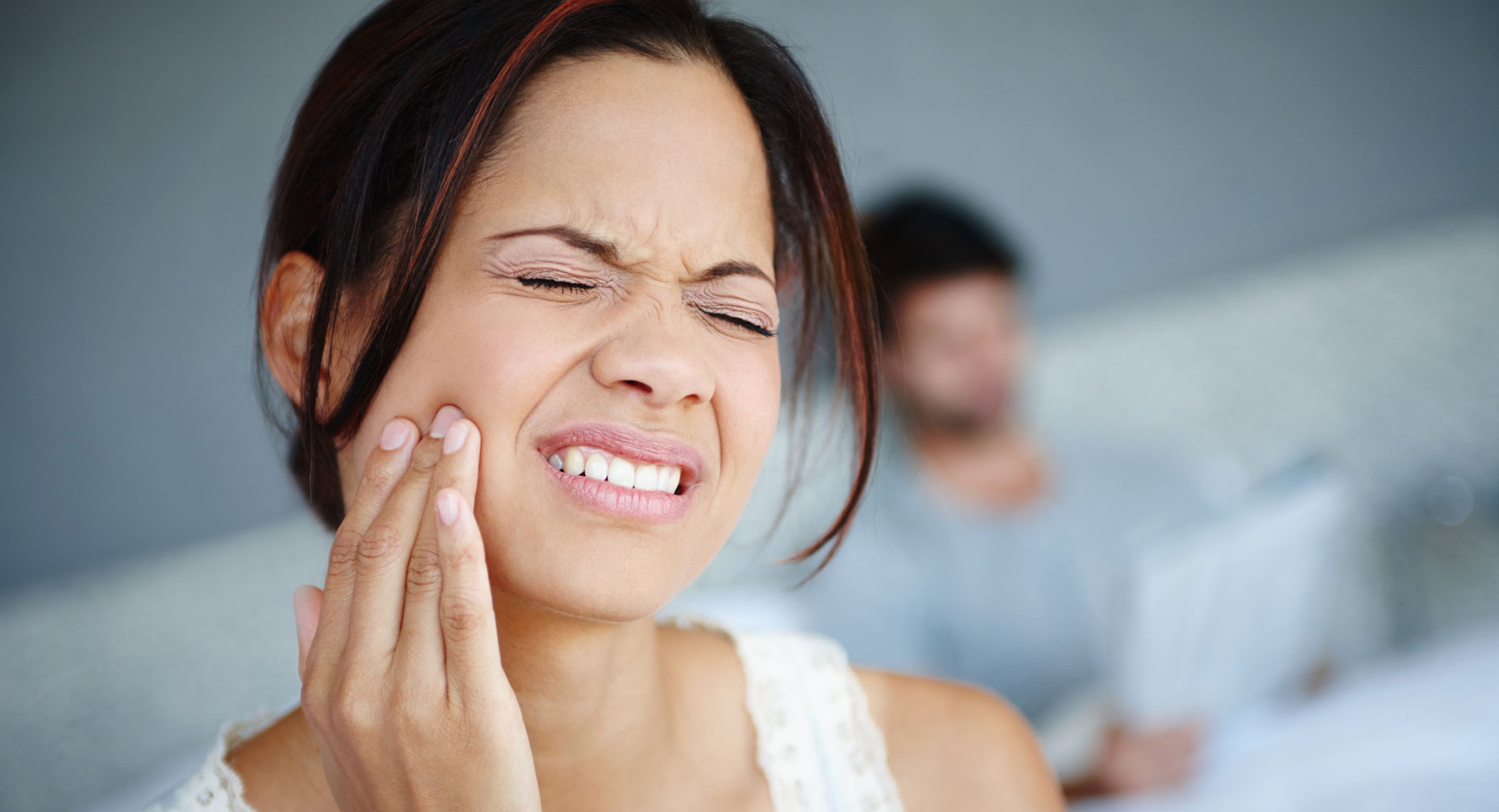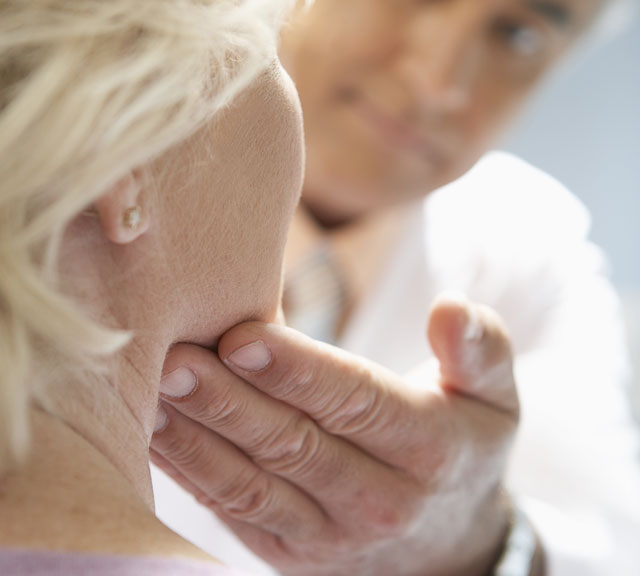How to Relieve That Pain in Your Jaw

Find Your Perfect Match
Answer a few questions and we'll provide you with a list of primary care providers that best fit your needs.
Sometimes a headache is more than a pain in the neck or a common head throb.
It could be the result of a temporomandibular disorder, or TMD for short. Problems with the bones and muscles of the jaw can cause intense headache and facial pain. The National Institute of Dental and Craniofacial Research says that TMD may include one of all of the following conditions:
- Myofascial pain: Pain in the fascia (connective tissue covering the muscles) and muscles that control jaw, neck and shoulder function
- Internal joint injury
- Degenerative joint disease
“Sometimes it’s difficult to determine whether TMD is causing the headache, or if the headache is causing the TMD symptoms,” explains neurologist Richard Kim, MD, of the Premier Health Clinical Neuroscience Institute. “The trigeminal nerve and its connecting neural pathways play a key role in both facial pain and headaches. In susceptible individuals, one condition may worsen or trigger the other, but it’s unclear if there’s a causal association.”
If your doctor identifies TMD as the cause of your headaches, treatments and lifestyle changes can reduce your symptoms and prevent future pain and headaches from happening.
The Jaw: A Complex Joint
The jaw is made up of two symmetrical joints, called temporomandibular joints, (TMJ) where the lower and upper jaw come together. The TMJ is a ball-and-socket connection that works in unison with muscles, ligaments, bones and discs. The ball of the lower jawbone fits into a socket in the skull in front of the ear. Ligaments and muscles keep the lower jawbone attached to the skull.
Healthy TMJs provide smooth movements when you eat, talk, bite or chew. The pillow-like discs inside the joints cushion your jaw movements.
Pain, tightness and rigid movements can occur if the muscles of the jaw become tense, if the joint is inflamed or if the disc changes position. When the disc slips or moves, the jaw can get stuck or make a clicking or popping sound.
What Causes TMD?
There is no one specific cause for TMD. Some ways the jaw can become injured include:
- Tight muscles. Stress and tension may cause you to clench your jaw and put strain on jaw muscles.
- Teeth grinding. Stress can also lead to teeth grinding — when you are awake or asleep.
- Excessive gum chewing
- A bad bite. If your teeth or your bite are out of alignment, TMD problems can result.
- Poor posture. Holding your head forward while working long hours at a computer or constant use of a smart device that requires the head to face downward can strain the muscles of the jaw, head and neck.
- Osteoarthritis. Normal wear and tear on the temporomandibular joint that comes with age can cause arthritis.
- Trauma. An injury to the jaw, head or neck can lead to temporomandibular issues.
There are many different symptoms caused by a damaged jaw or TMD. This is why the condition can be difficult to diagnose. The most common symptoms are:
- Pain in the jaw, face or teeth that is constant or comes and goes
- Headaches
- Earaches
- Trouble chewing
- Clicking or popping sounds when opening or closing the mouth
- Locking of the jaw
Call your doctor or dentist if you experience these symptoms for help with understanding TMD and how to find the best treatments for you.
Easing the Pain
The pain and discomfort from the jaw problems of TMD is not permanent and may even go away on its own. When it doesn’t, there are many treatments available to help manage your specific TMD condition.
Pain, tightness and rigid movements can occur if the muscles of the jaw become tense, if the joint is inflamed or if the disc changes position.
Your doctor may recommend a combination of the following treatments:
- Pain medicine
- Muscle relaxant medicines
- Dietary changes to rest the jaw
- Applying moist heat to the joint to ease pain
- Applying cold packs to the joint to ease pain
- Physical therapy to stretch the muscles around the jaw and/or correct posture issues
- Stress management (relaxation techniques, exercise)
- Mouth guard to prevent teeth grinding during sleep
- Other dental treatments
Prevent Future Flare-ups
Once you understand what triggers your TMD and how to treat it, you can take steps to prevent the pain from coming back. The best way to do this is to maintain your overall health and make frequent self-checks to avoid reinjury to the temporomandibular joint.
One of the best ways to prevent the return of TMD problems is to manage your stress level. Exercise is an excellent way to accomplish this. Regular exercise can also make it easier for your body to manage the pain and avoid headaches in general.
Complementary therapies may also help. Be sure to talk with your doctor about which alternative treatments might be best for you.
Find Your Perfect Match
Answer a few questions and we'll provide you with a list of primary care providers that best fit your needs.
Source: National Institute of Dental and Craniofacial Research; Understanding Temporomandibular Disorders





